Jordan travel guide: where the old and new worlds collide
A mere five-hour flight away, Jordan has everything you could want for a winter getaway
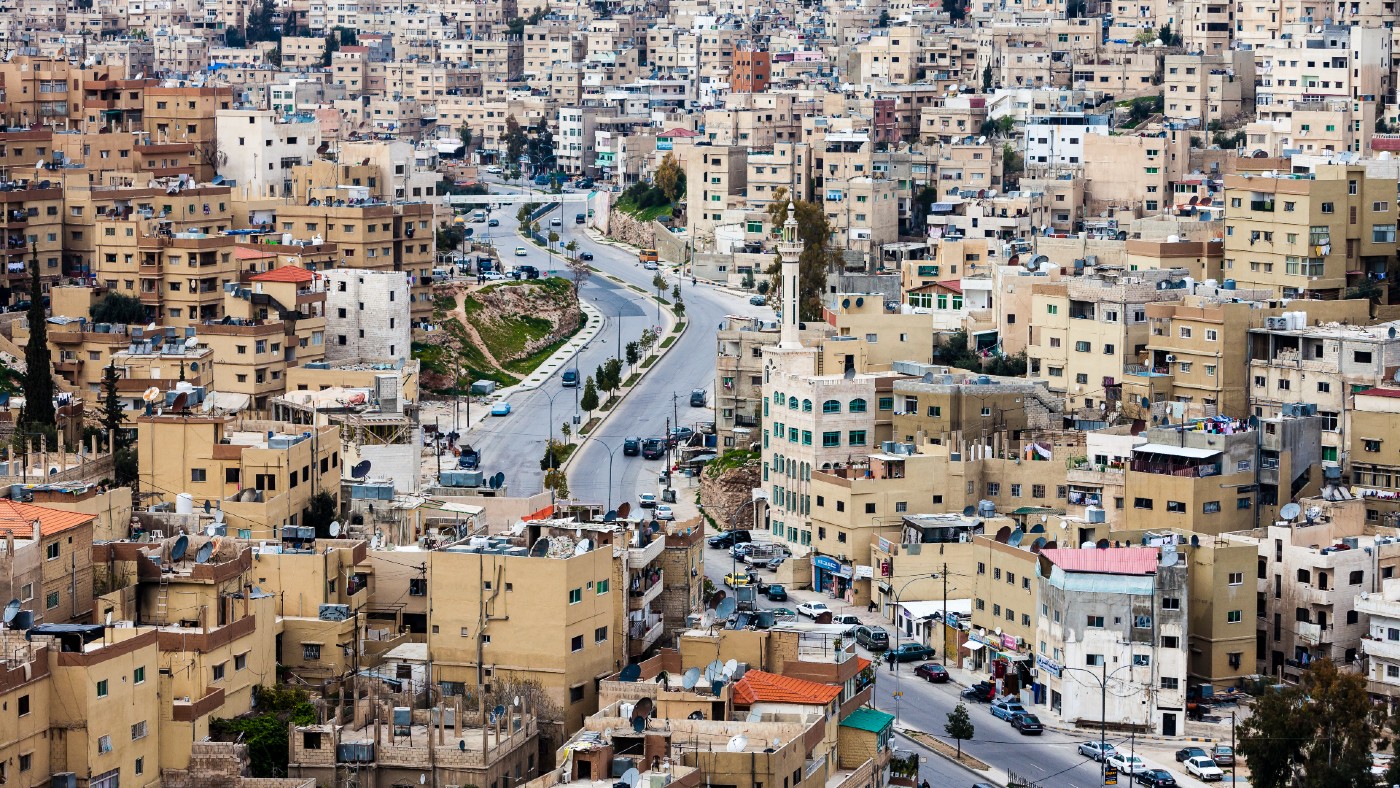
Jordan is known as the “gateway country” to the Middle East; a safe haven sandwiched between its more volatile neighbours. And, for a long weekend, there is much to be discovered.
Why visit
A mere five-hour or so flight from London, Jordan has everything you could want for a winter getaway; warm temperatures, delicious cuisine, a spectacular Unesco heritage site, and a capital city brimming with life.
It is also a country where the old world collides with the new. As well as being home to some of the most significant ancient sites in the world, there is a modern-day feel with shopping, upscale restaurants and luxury hotels.
The Week
Escape your echo chamber. Get the facts behind the news, plus analysis from multiple perspectives.

Sign up for The Week's Free Newsletters
From our morning news briefing to a weekly Good News Newsletter, get the best of The Week delivered directly to your inbox.
From our morning news briefing to a weekly Good News Newsletter, get the best of The Week delivered directly to your inbox.
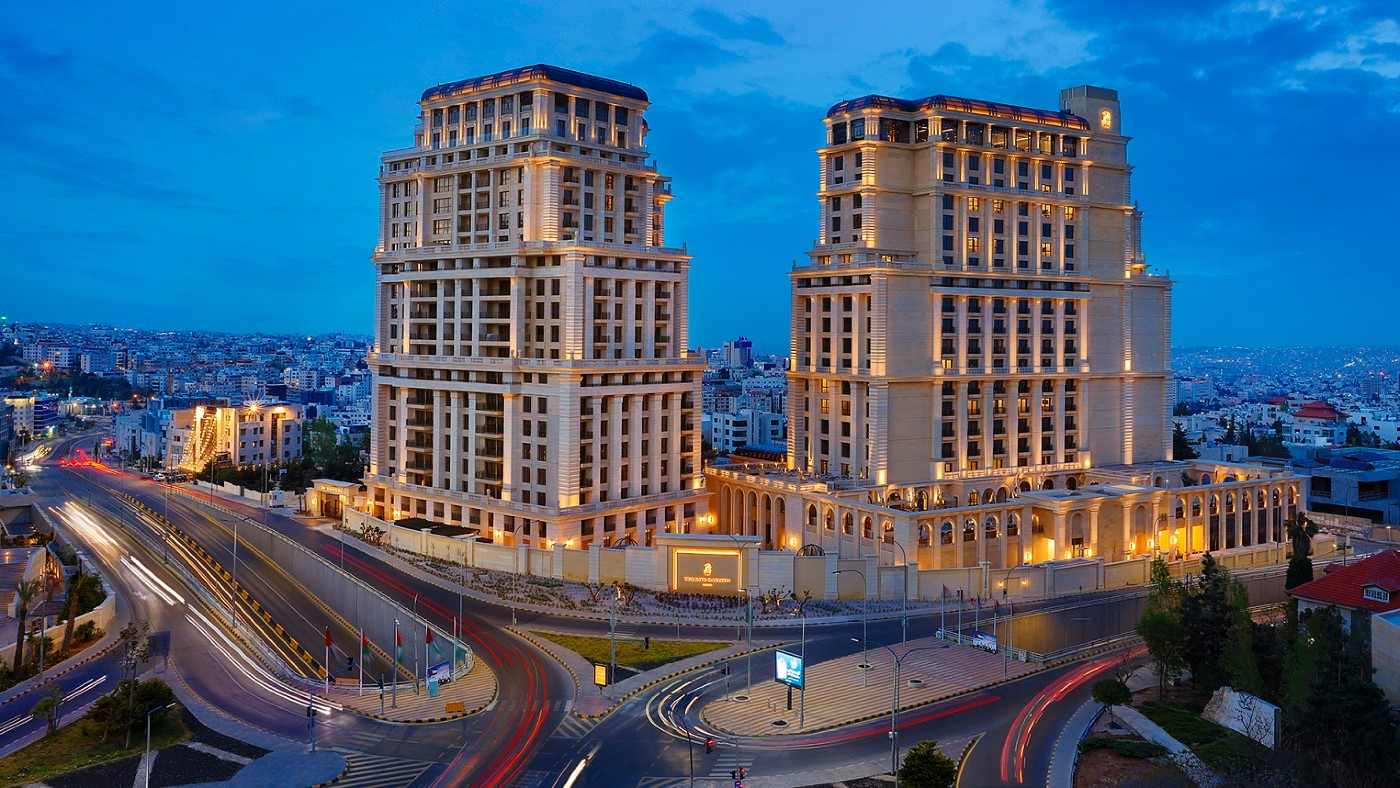
Where to stay
I stayed in the newly-opened Ritz-Carlton, Amman, which has the sleek opulence you’d expect from a high-end Middle Eastern hotel. With indoor and outdoor swimming pools, the largest Jacuzzi in the Kingdom, a well-equipped gym and a sumptuous spa, it’s the perfect base to explore the capital from.
There are 228 rooms, all with balconies overlooking the skyline – a spectacular sea of low-rise, limestone buildings, mostly built post-1946, when the country became independent. My room was a luxury double, generously sized with an enormous bed fit for King Abdullah II himself.
The interior design of the main atrium has a sophisticated palette of pale marble and gold, dotted with exquisite chandeliers. I enjoyed delicious cocktails at The Founders Room, a luxuriously low-lit, wood-panelled bar where smoking is permitted (this might not be a draw for some, but since the majority of Jordanians smoke, it is likely to appeal to locals).

Outdoors, the Sarab Garden offers an intimate “hubbly bubbly” hang out, where guests can while away the twilight hours smoking shisha against the backdrop of the city lights. Down in the basement, one can unwind in the spa which has a sauna, a steam room and in-house masseuses who work with ESPA products.
A free daily email with the biggest news stories of the day – and the best features from TheWeek.com
There is also a spectacular 1,000sqm grand ballroom available to hire for large events. A wedding was in full swing during my stay and I was treated to a catwalk of amazing outfits as guests mingled in the reception. I had a quick peek inside and the room had been transformed into a wonderland of coloured lights, complete with a platform dance floor and beautifully dressed tables. Had I been appropriately attired, I would have been tempted to join in…
What to do
A four-day trip is just enough time to take in the highlights of this compact but richly diverse country. The best months to visit are either spring (March to May) and autumn (September to November), as the summer sees temperatures soar past 40C. I visited in late October and the weather was ideal both for sightseeing and lounging poolside.
Amman
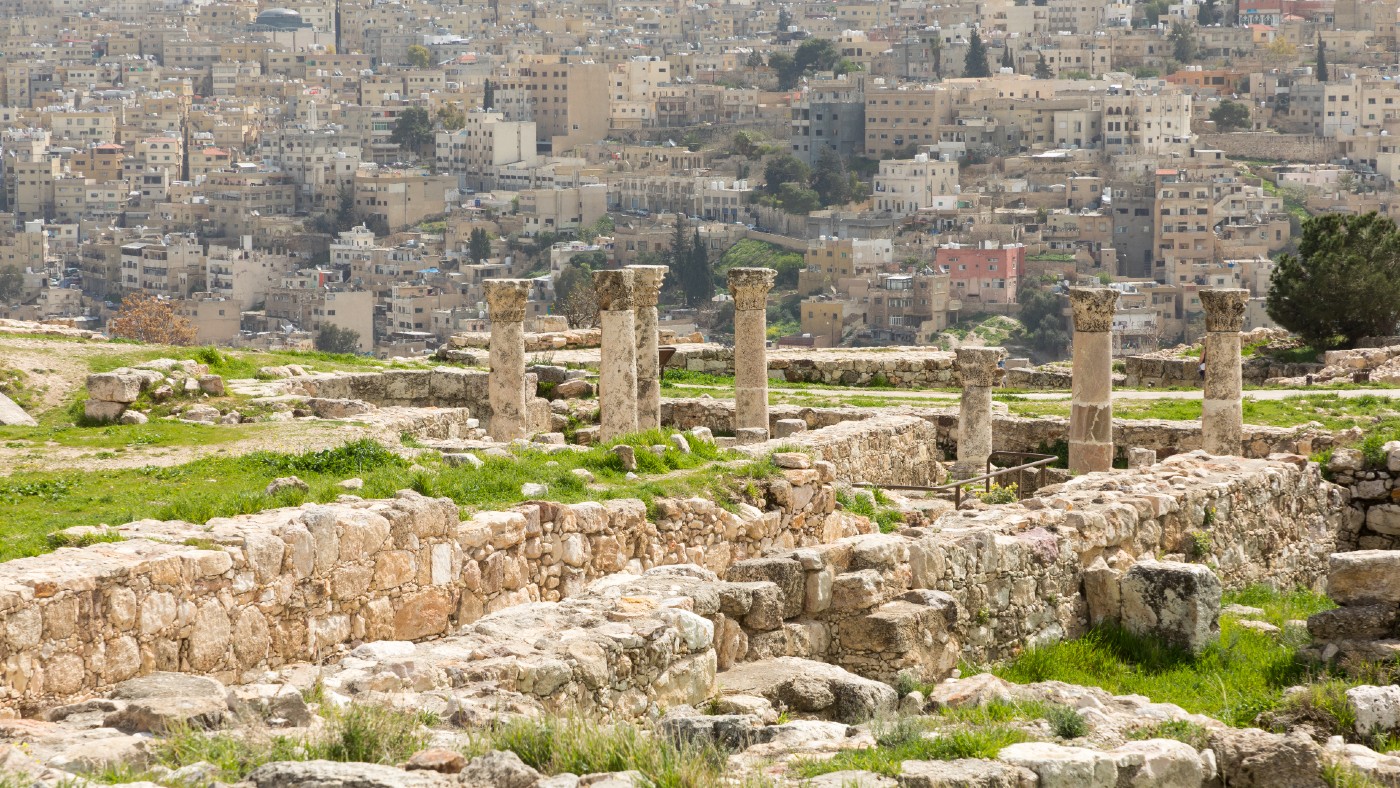
Jordan’s capital has a clear visual divide between the old and the new, drawn down lines of the east and western neighbourhoods. Eastern Amman is the Old Town, characterised by compact concrete facades built from the early 1900s to the mid-80s, it is also where the city’s ancient history reveals itself.
I visited the citadel – a must-see for the ancient archaeology and the views. The area has been inhabited since the Neolithic period, but the structures you can visit today mostly date from the Byzantine period. Walking through the great pillars of the Temple of Hercules, one can feel the power and influence this region had in antiquated times. From up on high, you also get a sense of the city’s undulating geography (it was known as the City of Seven Hills).
West Amman is the city’s modern, upmarket counterpart, which includes the financial district, and all the luxury hotels, including the Four Seasons, the Kempinski and now the Ritz-Carlton, Amman. And for those who love large, American-style shopping malls, this is the place to go.
Petra
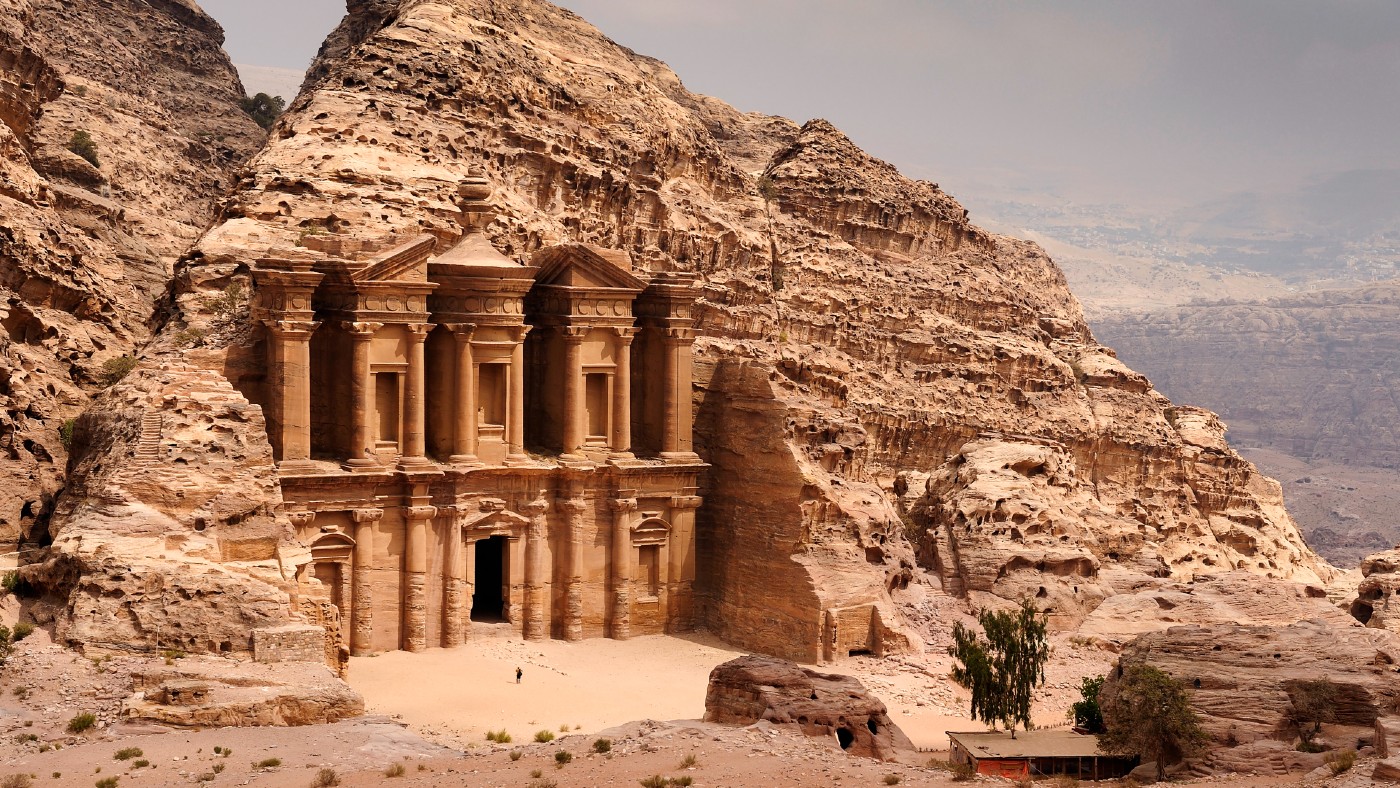
But Jordan’s show-stopper is, of course, the ancient city of Petra. A three-hour drive from Amman it’s doable as a day trip, but if you want to stay longer and see the sun rise, you can stop over in the local town. The city began to flourish in the first century AD, and at its height was the New York or London of its time. It’s a feat of outstanding architectural ingenuity, an entire society half-built and half-carved into the red sandstone rock, which is surrounded by mountains riddled with passages and gorges.
Our wonderful guide, Mahmoud, brought the city to life and is available to hire via the Ritz-Carlton, Amman. He showed us carvings of gods etched into the walls, and the ingenious water management system (the pipes of which still remain) which allowed for a population of 20,000 to thrive in this otherwise arid region.
The Bedouin people – some descendants of the original settlers – lived here into the 1980s until they were resettled in nearby villages, to help conserve the area. But many still work inside, offering tourists camel rides or donkey tours, or selling handcrafted gifts on stalls littered along the main route.
The Treasury is the most iconic building, but the city stretches out well beyond that. It’s well worth leaving time to walk up to the “viewing point”, where one can see the well-preserved amphitheatre and the main artery lined with tents selling carpets and tourist treasures.
Rather than feel like an imposition, these stalls help one imagine the city as it once was; a thriving trade route with caravans of camels steadily making their way through the desert, heavy with myrrh, silks and gold. It’s an overwhelming experience – like stepping into an ancient world – and one that stays etched in your mind long after visiting.
The Dead Sea
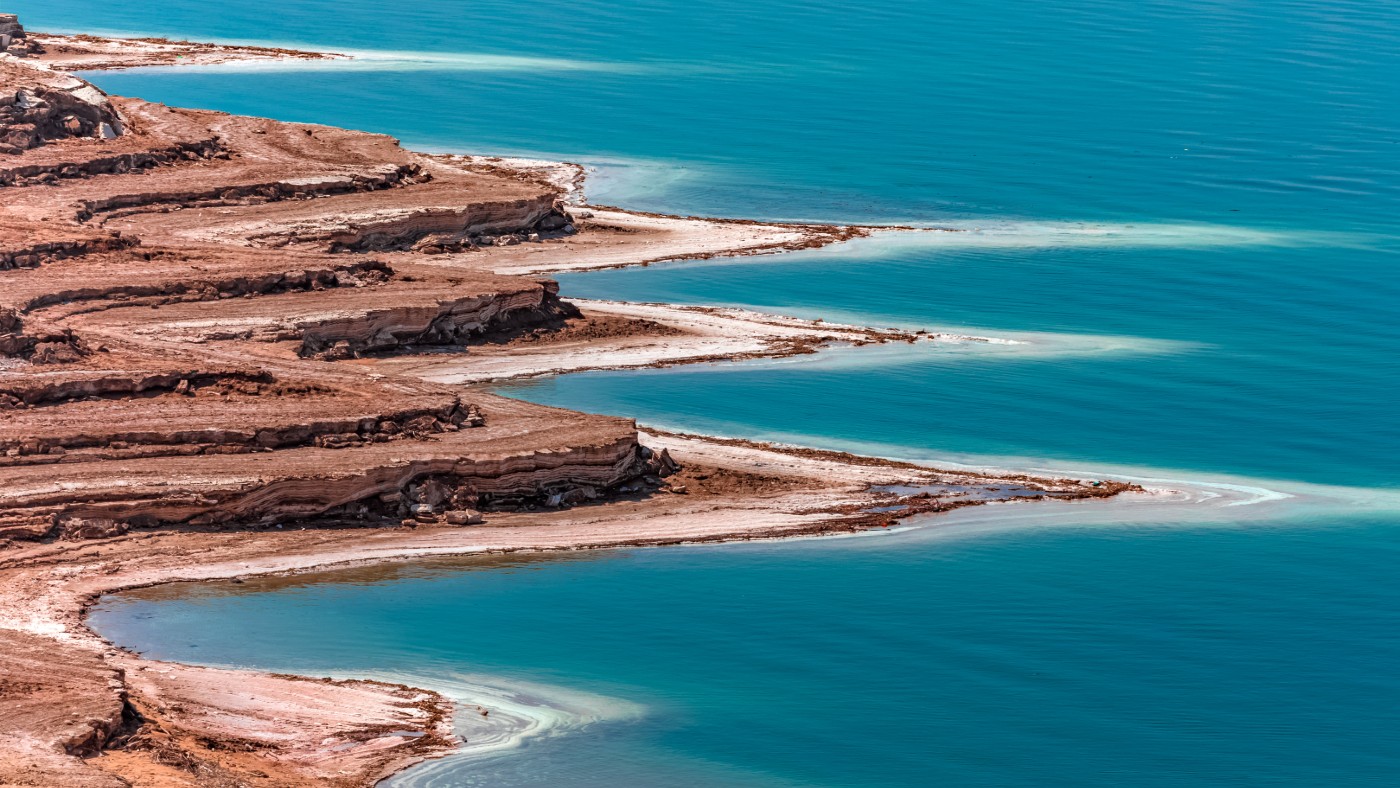
If Petra is a feast for the eyes, then the Dead Sea is a delight for the senses. It’s a favourite weekend trip for Amman locals and tourists alike, and is only a 45-minute drive from the city. The basin of the natural lake is the lowest point on Earth – 350 metres at its deepest – and you can feel the altitude drop as you descend into the low valley.
We accessed the coastline via the Marriott Resort & Spa, which also has its own spa filled with Dead Sea products. There are many points to access the lake (some not attached to hotels), but for facilities and convenience, it’s recommended.
The water has a rich, oily quality and the buoyancy of the salt makes you feel like you’ve lost all sense of gravity. Dotted along the shore are basins of that famous mud, which has 24 minerals in it and (so they say) the ability to cure many skin diseases. It’s a particular pleasure, caking slimy mud between your fingers and toes, and an even greater one washing it off in the silky waters.
The area is also great for those with respiratory problems, as the air has 8% more oxygen than average. It’s a uniquely relaxing experience.
Where to eat and drink
The Ritz-Carlton has lots of dining options if guests want to stay local. I had a lively dinner at Roberto’s, the Italian restaurant on the top floor of the hotel, which also has a well-established sister site in Dubai. With panoramic views and a live DJ, it’s a great spot to spend a Saturday night.
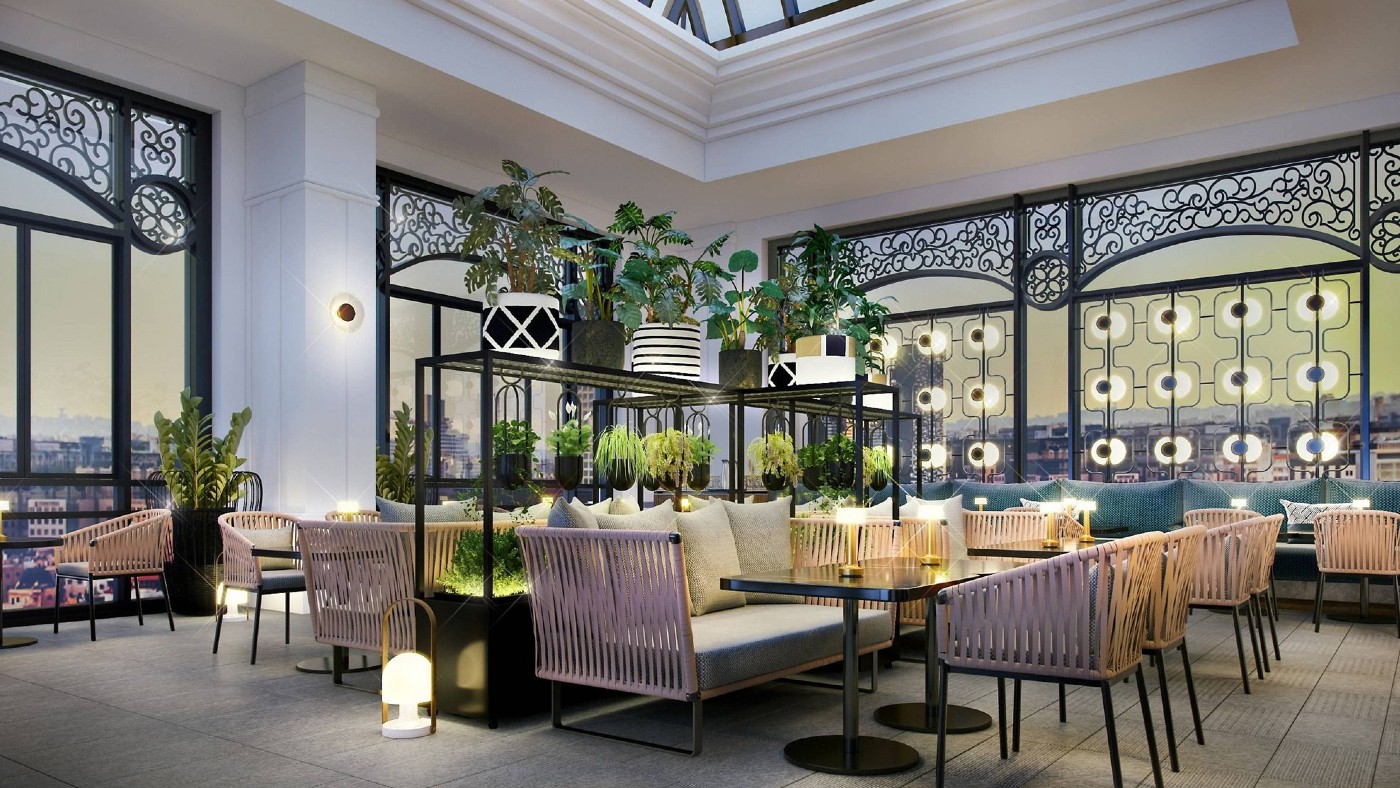
Ambrose is the hotel’s more relaxed option; situated in the lobby it offers reimagined classics from seasonal produce. Guests can enjoy breakfast, lunch or dinner here and its beautiful interior and calming atmosphere make for a lovely experience. I had a memorable brunch at Soleil, the hotel’s healthier offering. Food is sourced locally where possible and the focus is on plant-based options.
For those wishing to experience excellent Jordanian cuisine in a building steeped in history, Haret Jdoudna is a great option. I indulged in a Middle Eastern feast here, featuring cold, hot and charcoal-grilled mezze, accompanied by local wine and beer (the Carakale Blonde Ale is a must). It’s located just outside of Amman, in the ancient city of Madaba, and is a calm oasis of canopied trees and exquisite tiled flooring.
Beit Sitti lets you go one step further. Nestled in Jabal Al Weibdeh, the oldest neighbourhood in Amman, this cooking school hosts classes for tourists, led by local women. The name translates directly to “grandmother’s house”, and it was founded by Maria Haddad Hannania and her two sisters as a way to honour their grandmother’s cooking.
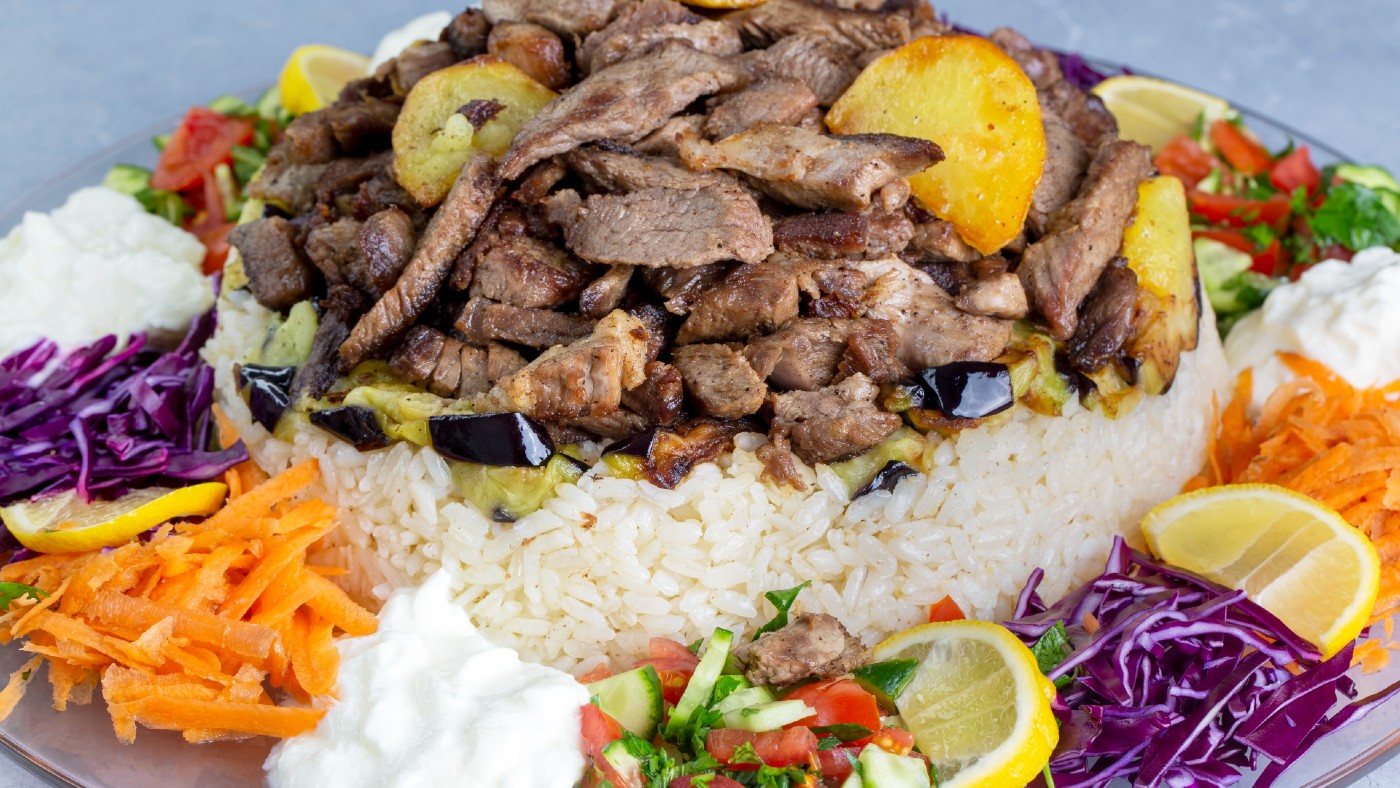
I spent a very enjoyable afternoon making maqluba, a classic Middle Eastern rice dish that is flipped upside down to reveal delicious layers of vegetables and meat, an aubergine tabouli, farmers’ salad, unleavened bread and even a dessert of deliciously coconutty Basbousa. Our host was a young local woman with a passion for food, and she expertly guided us through, bringing to life not just the recipes, but what modern Amman has to offer.
How to get here
There are direct flights to Amman from London Gatwick, London Heathrow, London City, London Luton and Birmingham from around £200 return. Journeys take roughly six hours on the way there and four and a half hours on the way back.
All visitors need a visa to enter Jordan, which can be acquired on arrival. At the time of publication, those entering Jordan should have passports which are valid for a minimum period of six months from the time of arrival.
Room rates at the Ritz-Carlton, Amman start from £262 per night and can be booked at ritzcarlton.com
-
 7 bars with comforting cocktails and great hospitality
7 bars with comforting cocktails and great hospitalitythe week recommends Winter is a fine time for going out and drinking up
-
 7 recipes that meet you wherever you are during winter
7 recipes that meet you wherever you are during winterthe week recommends Low-key January and decadent holiday eating are all accounted for
-
 Nine best TV shows of the year
Nine best TV shows of the yearThe Week Recommends From Adolescence to Amandaland
-
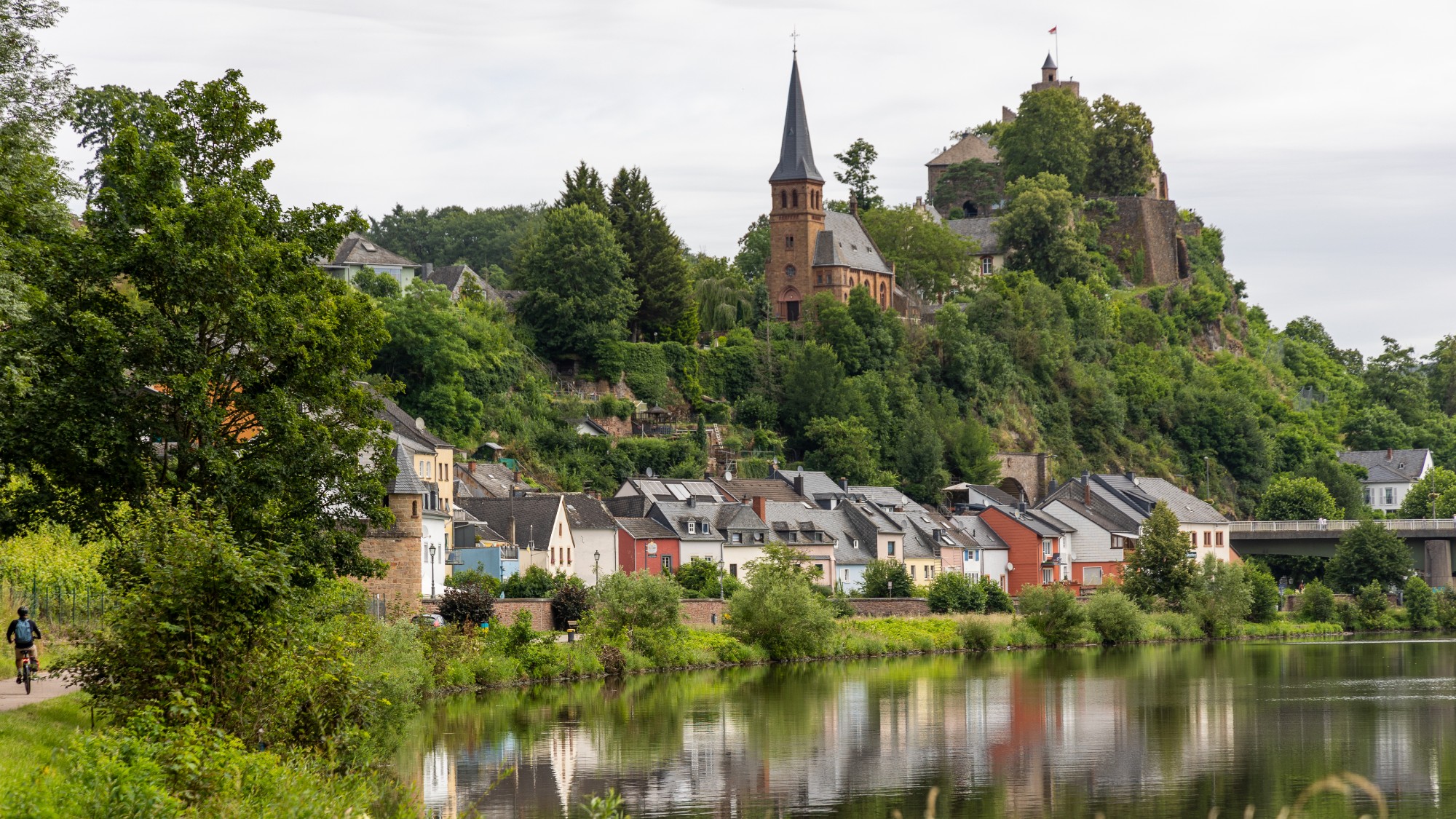 5 fun cycling tours that let you vacation on two wheels
5 fun cycling tours that let you vacation on two wheelsThe Week Recommends Gain a new perspective while pedaling
-
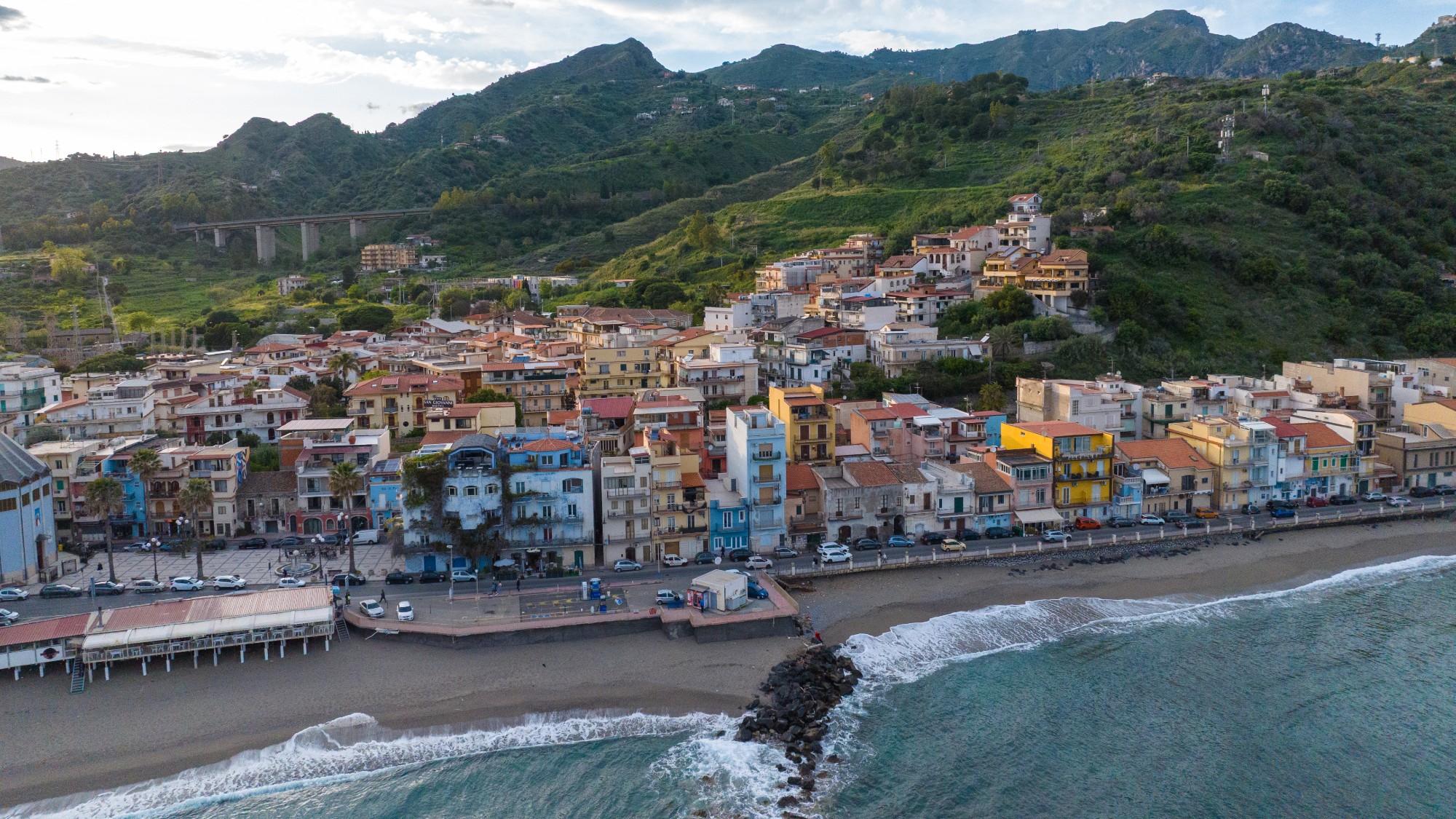 Destination unknown: the exciting ins and outs of mystery travel
Destination unknown: the exciting ins and outs of mystery travelThe Week Recommends Surprise yourself the next time you vacation
-
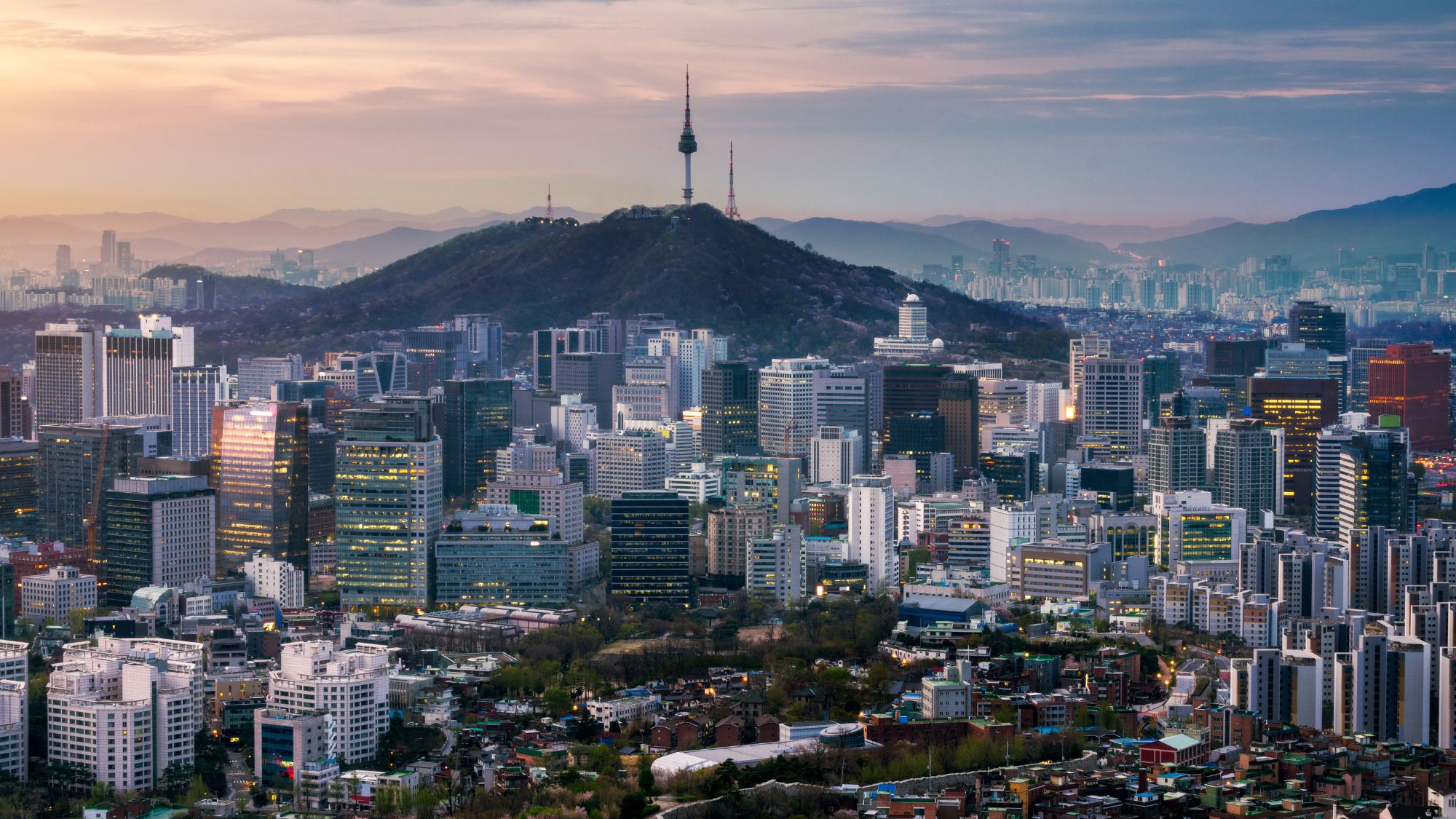 South Korea highlights: ancient history meets modern culture
South Korea highlights: ancient history meets modern cultureThe Week Recommends From the bright lights of Seoul to Busan's beaches and the 'living museum' of Gyeongju, this tour offers a taste of a unique heritage
-
 Desert wellness in Scottsdale: the best of Arizona's Old West
Desert wellness in Scottsdale: the best of Arizona's Old WestThe Week Recommends Boost body, mind and soul in this hub of healthy living
-
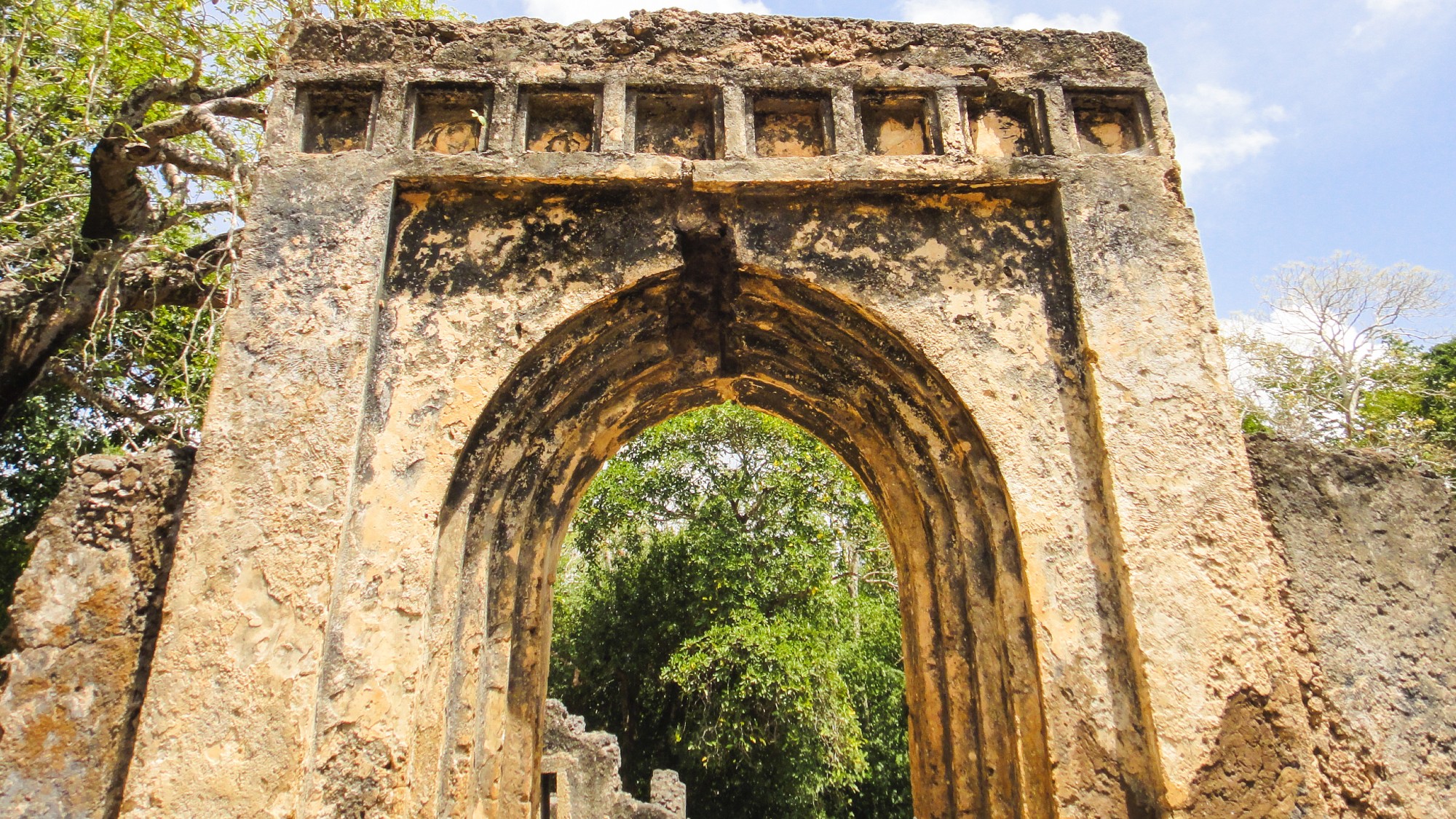 7 captivating new UNESCO World Heritage Sites to explore
7 captivating new UNESCO World Heritage Sites to exploreThe Week Recommends These sites have cultural, historical and scientific significance and the international organization's fresh stamp of approval
-
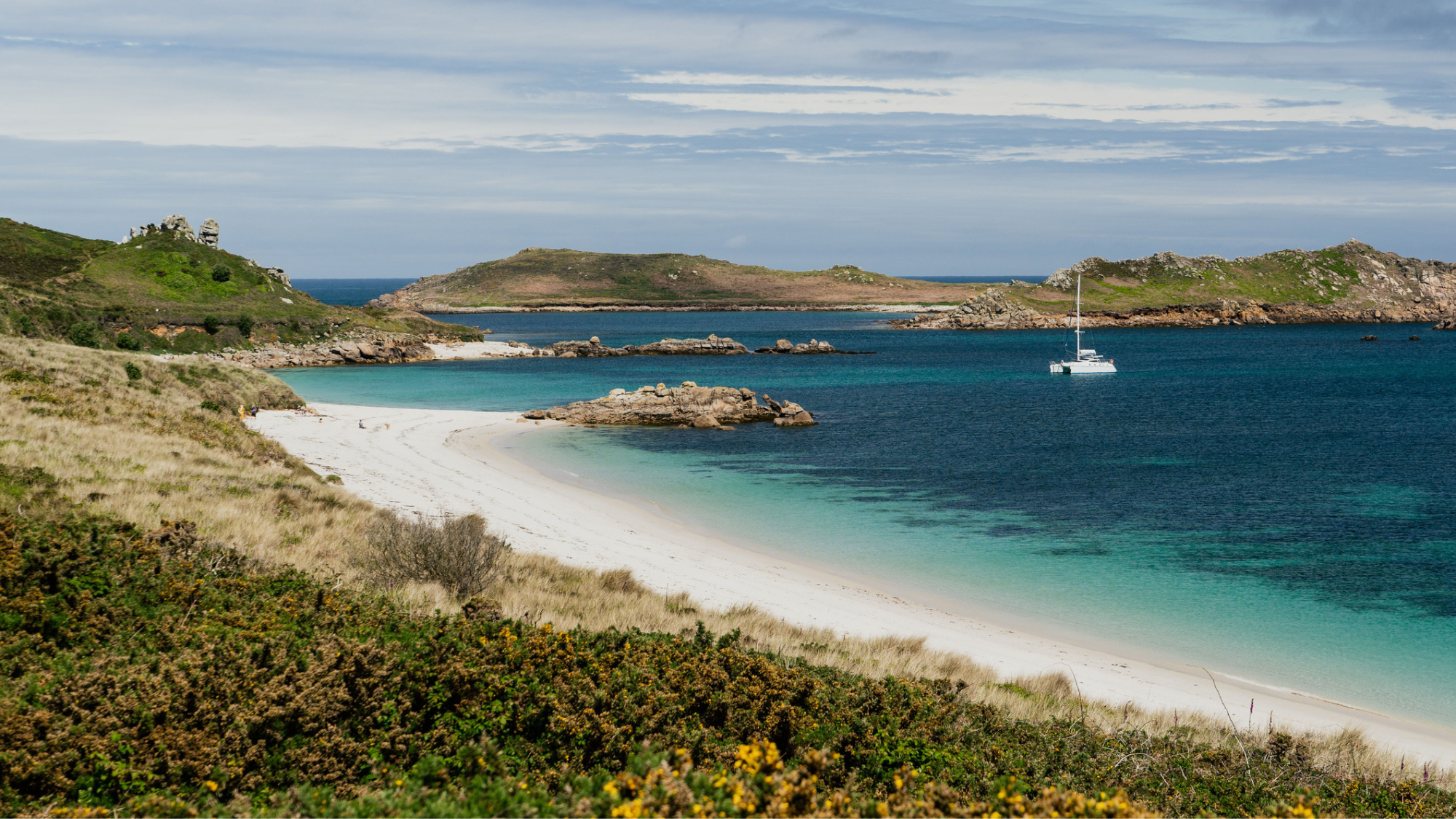 Isles of Scilly: discover the abundant joys of island life
Isles of Scilly: discover the abundant joys of island lifeThe Week Recommends Ramble, sail and feast your way around Scilly to experience a region like no other
-
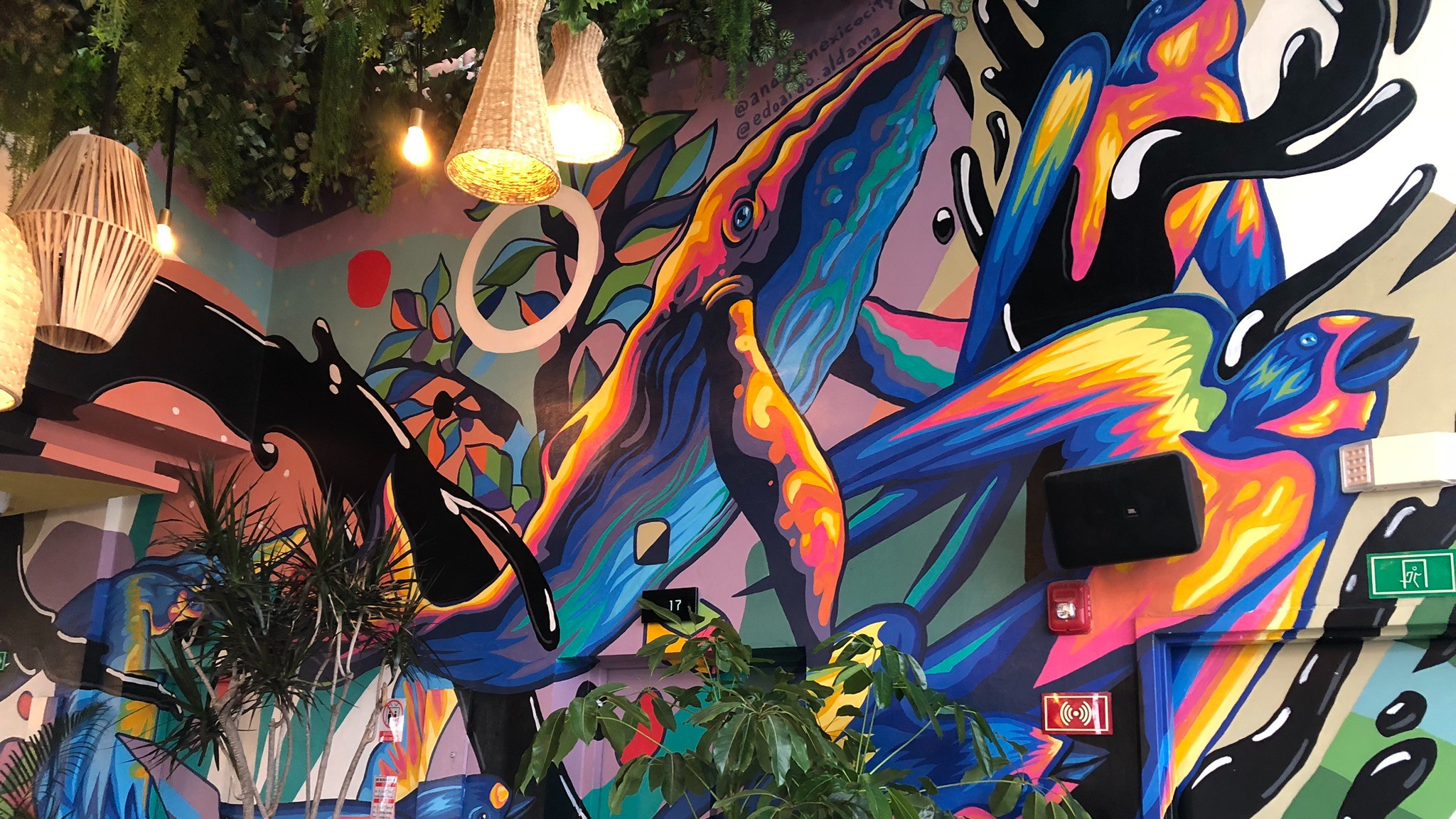 Mexico City travel guide: art and design
Mexico City travel guide: art and designThe Week Recommends Modern vibrancy, design legacy and ancient heritage puts Mexico's jewel alongside other art capitals of the world
-
 An unspoiled island in the Bahamas
An unspoiled island in the BahamasThe Week recommends Explore the natural beauty, windswept beaches and crystal-clear waters of Eleuthera